SD II DM II | Science of Design II Design Methodology II _ part II
Course | interactive scripts & lectures
In this course students will explore organic object in three stages. First stage will go through photo-graphical micro vs macro object investigation. Both colour and black-and-white techniques will be explored in order to observe and define light and shade parameters. Second stage will be precise investigation on dimension and proportions in trimetric projection. Third stage will place organic object in 3D computer environment in order to develop and propose a structure that can be experienced at the human scale and be understood as an integrated architectural element.
SD II DM II part II _
Visualisation III
invention & manufacture
Guided student's research according to D. Batista’s interactive lecture /script for students with title Invention and manufacture; Invention, PhD D Batista’s method Micro element modelling MEM, PhD D Batista’s Nature technology of Chlorophyll, Manufacture architectural processes, Object leaf (microscope image of leaf surface), patternism with parametric modelling, Process Abstraction, Process Fabrication, Process Mini photo studio with cyclorama.
 |  |
|---|---|
 |  |
 | 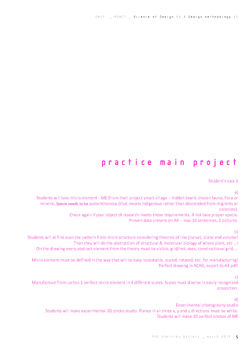 |
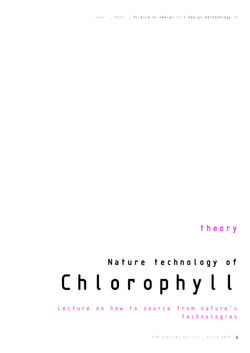 |  |
 |  |
 |  |
 |  |
 | 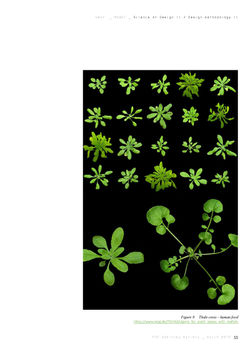 |
 |  |
 |  |
 |  |
 |  |
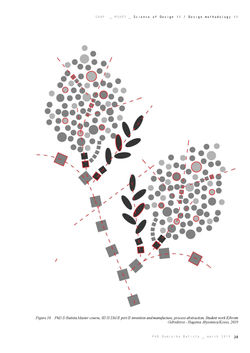 |  |
 |  |
 | 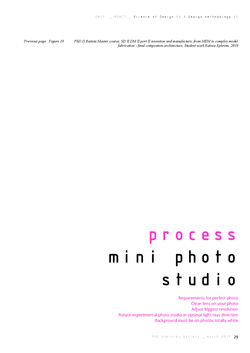 |
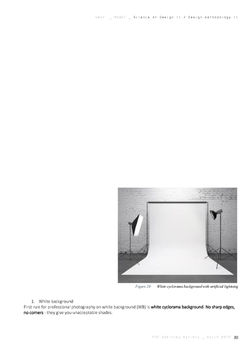 |  |
 |
SD II DM II part II _
Visualisation III
complex model fabrication CMF
Hyper sustainability - complex model fabrication CMF
Guided student's research according to D. Batista’s interactive lecture /script for students with title Manufacture; To be sustainable and environmentally friendly is not to use machines, 3D printers, CNC machines because that is against Appropriate technology rule Labour intensive. It must be about handwork. Students had to make a model out of cardboard in a minimum size of 100 x 50 x 50 cm. It is also a multi-purpose use of the same space - a creative laboratory within the Master studio. Students had to turn their personal office lab into a manufacturing lab. Most importantly, the models are designed so that the joints are not glued but mechanically assembled without glue, as many of the particles will be reused in later Biomimicry and Urban matrix projects.
 |  |
|---|---|
 |  |
 |  |
 |  |
 |  |
 |  |
 |  |
 |  |
 |  |
 |  |
 |  |
 |  |
 |  |
 |
